Since Pokemon’s debut in 1996, the franchise has seen numerous generations, each bringing unique innovations, Pokemon, and mechanics that have shaped the series into what it is today. While every generation has its strengths, some stand out more than others. Here’s a detailed ranking of every Pokemon generation, with Generation 2 taking the top spot as the best.
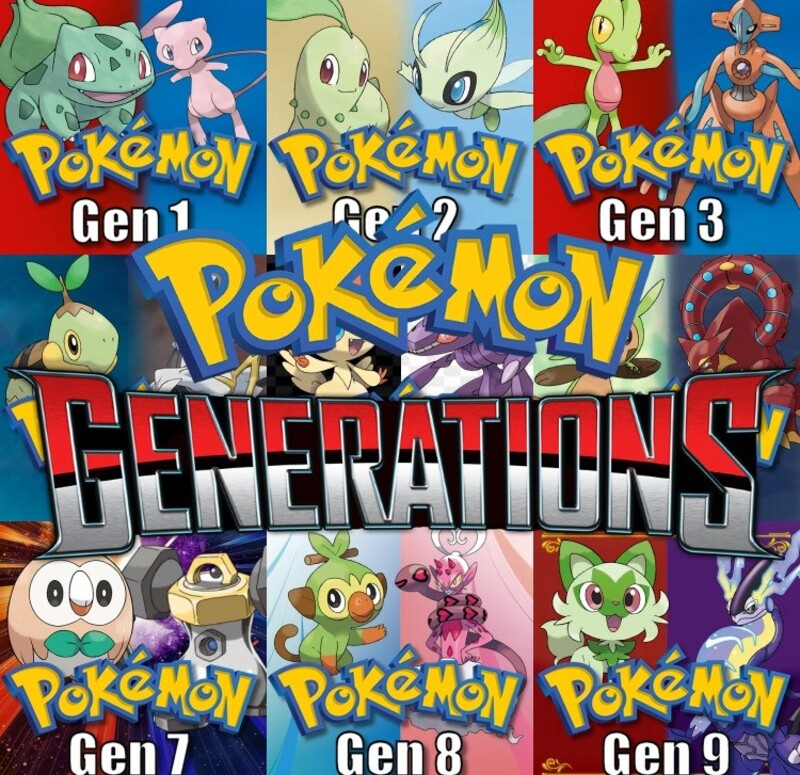
9. Generation 8 (Sword, Shield) – The Most Controversial
Generation 8 faced heavy criticism for removing the National Dex and featuring lackluster routes, but it still introduced notable positives such as the Wild Area and Dynamax battles. The games had a strong sense of atmosphere with Galar’s British-inspired setting and memorable characters like Marnie and Hop. The DLC, Isle of Armor, and The Crown Tundra, significantly improved the experience by adding more open-ended exploration and classic legendary Pokemon. With that said it does hold a small place in my heart for me, as it was the first generation I started writing about “Battle Teams” for LOGNET. However, Sword and Shield remain among the most divisive entries in the series.
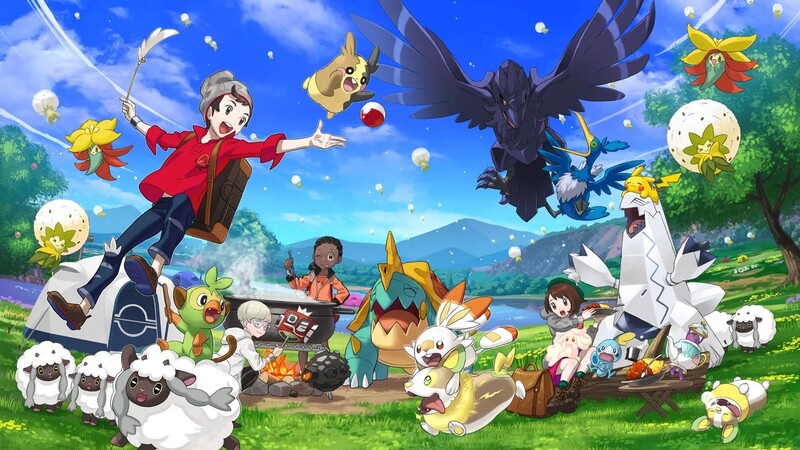
8. Generation 9 (Scarlet, Violet) – Ambitious but Flawed
Scarlet and Violet pushed Pokemon into a true open-world format, allowing players to tackle challenges in any order. The Terastal mechanic added new battle depth, and the story was one of the best in recent years, particularly with the engaging character arcs of Arven and Nemona. However, the games launched with numerous technical issues, including performance problems, glitches, and lackluster graphical fidelity, hampering the experience. The open-world aspect had potential but was marred by execution issues. While the core gameplay was enjoyable, these technical shortcomings prevented them from ranking higher.
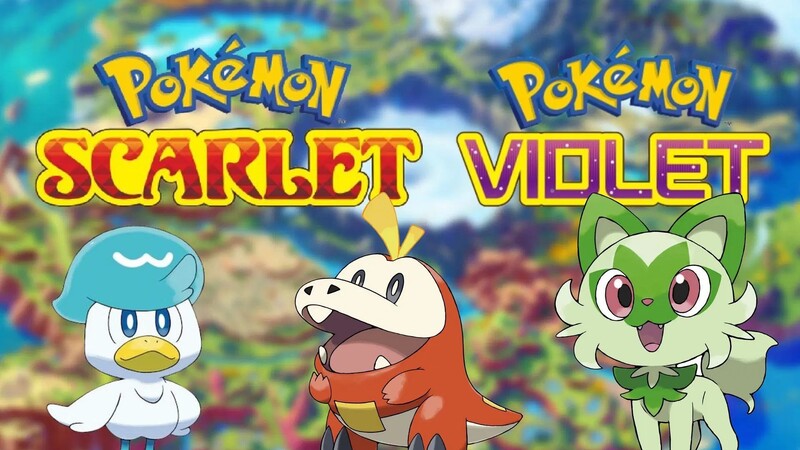
7. Generation 7 (Sun, Moon, Ultra Sun, Ultra Moon) – The Experimental Shift
Alola took a bold step away from traditional gym battles with its Island Challenge system, which received mixed reception. The region had rich world-building, with each island offering distinct cultural influences. However, the overabundance of cutscenes and excessive hand-holding made these games feel slower than previous generations. The Ultra versions improved aspects but couldn’t fully redeem the slow pacing. Despite its flaws, Generation 7 introduced regional variants and Z-Moves, a mechanic that provided flashy, high-powered attacks. This generation holds a special place as it’s where my daughter started to get into the games.
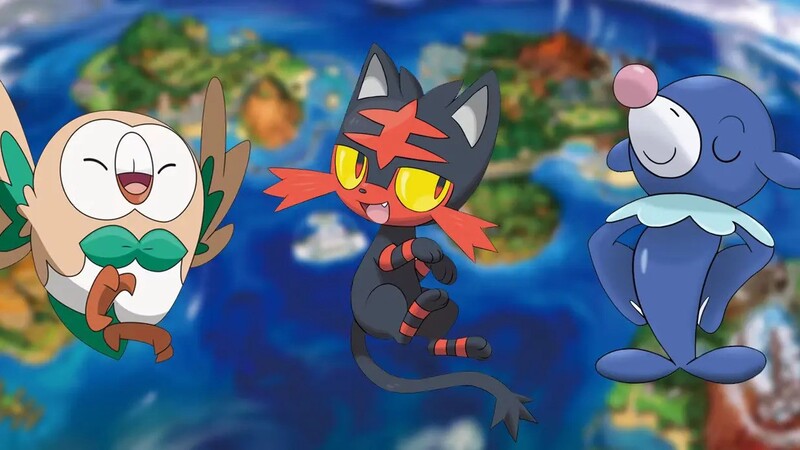
6. Generation 6 (X, Y, Omega Ruby, Alpha Sapphire) – The 3D Revolution
Generation 6 transitioned Pokemon into full 3D, a massive leap for the series. It also introduced Mega Evolution, a fan-favorite mechanic that added depth to battles by giving certain Pokemon powerful temporary transformations. It was also the generation where I really came back into the series. I started to watch and pay attention to tournaments and focus on making battle-ready teams.
However, X and Y had one of the weakest plots and the least challenging gameplay, making the overall experience feel a bit lackluster despite strong mechanics. The Kalos region was beautifully designed but lacked engaging post-game content. Omega Ruby and Alpha Sapphire improved things with expanded lore for Hoenn’s Legendaries and a well-developed Delta Episode.
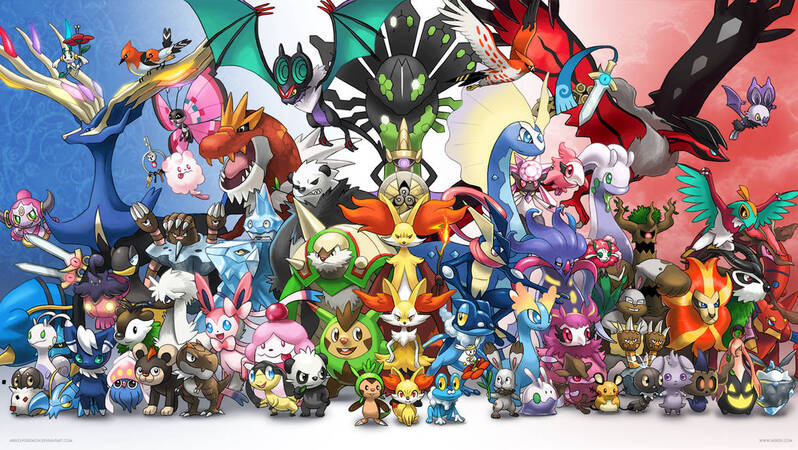
5. Generation 1 (Red, Blue, Yellow) – The Foundation
The original games set the foundation for everything Pokemon would become, introducing beloved creatures and core mechanics. While flawed by modern standards (such as unbalanced type matchups, poor AI, and numerous bugs), they remain nostalgic masterpieces that defined an era. Kanto was a simple but effective region, filled with memorable landmarks like Lavender Town and the Safari Zone.
The original 151 Pokemon are still among the most iconic designs in the franchise. Despite its technical limitations, Generation 1 captured the imagination of millions and laid the groundwork for all future Pokemon games. Yellow improved upon the formula by making Pikachu follow the player, adding more interactions inspired by the anime. Yellow happened to be the first game I had in the series.
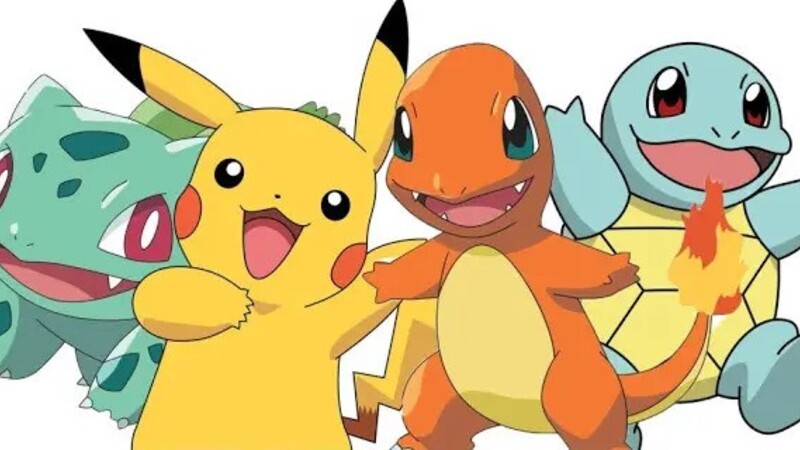
4. Generation 3 (Ruby, Sapphire, Emerald) – The Bold Reinvention
Generation 3 took a risk by cutting compatibility with previous games, forcing players to start fresh with an entirely new roster of Pokemon. Despite initial backlash, it made up for this with a vibrant new region, Hoenn, which featured a diverse range of biomes from volcanic mountains to underwater routes. Mechanically, Generation 3 introduced Abilities and Double Battles, adding new layers of depth to battles. The Battle Frontier in Emerald remains one of the most challenging and rewarding post-game experiences in the franchise.
The games also introduced weather effects, making battles more strategic. Secret Bases allowed for player creativity, and contests added a fun, alternative gameplay mode. I remember vividly my cousin and I going head to head in many battles. Countless hours I put into Ruby and he put into Saphire to show who was the better trainer. FireRed and LeafGreen revitalized Kanto, making it more accessible to a new generation of players while staying true to the original games’ spirit.
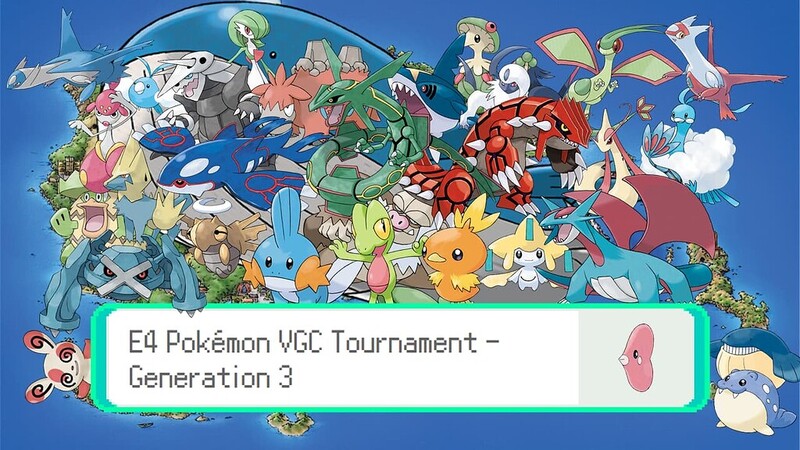
3. Generation 5 (Black, White, Black 2, White 2) – The Best Storytelling
Unova stands out as the most narratively rich region, with Black and White introducing a more mature story involving Team Plasma’s ethical dilemmas regarding Pokemon liberation. The games featured well-developed characters, including N, one of the most complex and beloved antagonists in the series. The animated battle sprites gave Pokemon a greater sense of personality and movement, making battles more engaging.
Black 2 and White 2 improved upon their predecessors with a more open-ended structure and features like the Pokemon World Tournament, which brought back classic trainers from past generations for epic battles. The expanded Unova region added new cities and dungeons, increasing replayability. The decision to include only new Pokemon in Black and White’s main campaign encouraged players to experiment with fresh strategies. The music, such as N’s battle theme and Driftveil City’s theme, remains a high point in the franchise.
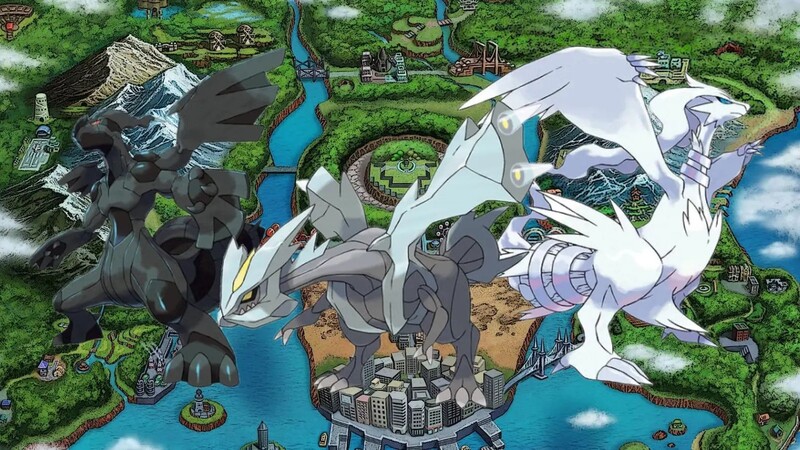
2. Generation 4 (Diamond, Pearl, Platinum) – A Close Second
Generation 4 brought significant technical advancements, including the Physical/Special split that drastically improved Pokemon battles by making moves more reliant on the type of attack rather than their elemental category. This change alone added layers of strategy, making battles more dynamic and balanced. Sinnoh is a vast region with a rich mythology revolving around legendary Pokémon like Dialga, Palkia, and Giratina, with Platinum expanding on the base games. Thanks to the introduction of the Distortion World, a visually stunning and innovative area.
The Underground, which allowed for mining fossils, secret bases, and multiplayer interactions, was a unique addition that added an extra layer of fun. The introduction of Wi-Fi trading and battling revolutionized connectivity, making Pokemon more interactive than ever before. While the base games suffered from slow battle pacing, Platinum greatly improved gameplay speed and general fluidity. With strong storytelling, deep gameplay mechanics, and a well-rounded Pokedex, Generation 4 remains one of the most beloved.
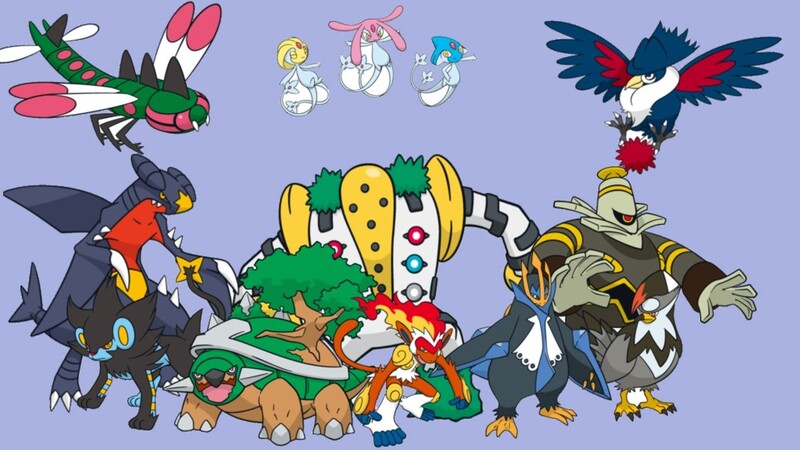
1. Generation 2 (Gold, Silver, Crystal) – The Pinnacle of Pokémon
Generation 2 remains the best Pokemon generation for several key reasons. First and foremost, it introduced major quality-of-life improvements such as the day-and-night cycle, which made the world feel more alive and impacted gameplay, as certain Pokemon only appeared at specific times. The Pokemon breeding system allowed for deeper customization and strategy, while the introduction of Steel and Dark types helped balance out previously overpowered Psychic types. Johto itself is one of the most well-designed regions, with interconnected routes and a strong sense of cultural identity.
The region was deeply inspired by Japanese culture, featuring traditional architecture in Ecruteak City and a strong emphasis on historical and mythical storytelling. The Ruins of Alph added an air of mystery with the introduction of the enigmatic Unown, encouraging players to decipher hidden messages. The music in Generation 2 stands out as some of the most memorable in the series. Tracks like Ecruteak City’s theme, the Champion battle theme, and the Johto Wild Pokémon battle music enhanced the emotional and immersive experience. Game Freak’s ability to create such an incredible atmosphere with the Game Boy Color’s limited sound capabilities was remarkable.
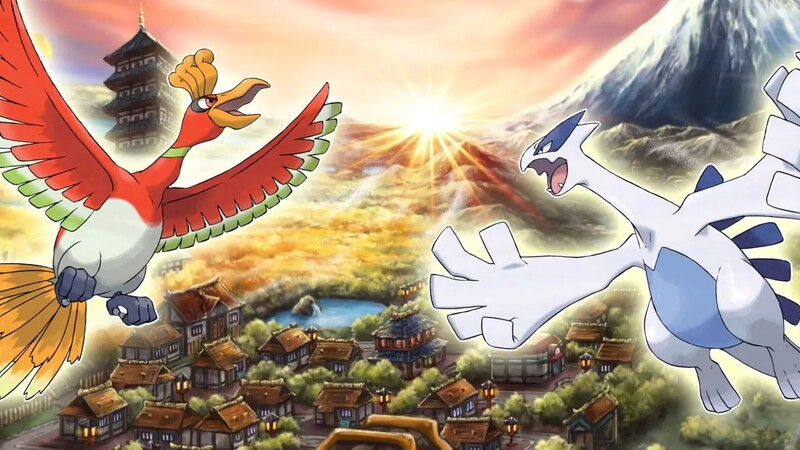
Generation 2 Defining Features
One of the defining features of Generation 2 was its unparalleled post-game content. The addition of Kanto as a post-game region effectively doubled the game’s content, allowing players to revisit the original region from Pokemon Red and Blue, battle classic Gym Leaders, and eventually face off against Red atop Mt. Silver. This remains one of the most legendary moments in gaming history, as Red served as the ultimate challenge, representing the silent protagonist from Generation 1. The ability to trade with Generation 1 through the Time Capsule feature was groundbreaking at the time.
This ensured that players could bring over their favorite Pokemon from past adventures. Improved sprite designs and smoother animations gave the games a refined look, while the Mystery Gift function added new ways to obtain rare items and Pokemon. Another remarkable feature of Generation 2 was its sense of balance between nostalgia and innovation. It refined and expanded upon what made the original games so beloved while adding fresh mechanics that would become series staples.
Whether it was the introduction of held items, roaming legendaries like Entei, Raikou, and Suicune, or the added depth of Pokemon breeding, these innovations made Generation 2 the perfect evolution of the franchise. With its impeccable world-building, massive amount of content, refined mechanics, and unforgettable post-game, Generation 2 remains the definitive Pokemon experience, setting a high bar that no other generation has fully surpassed. Crystal remains my favorite in the series!
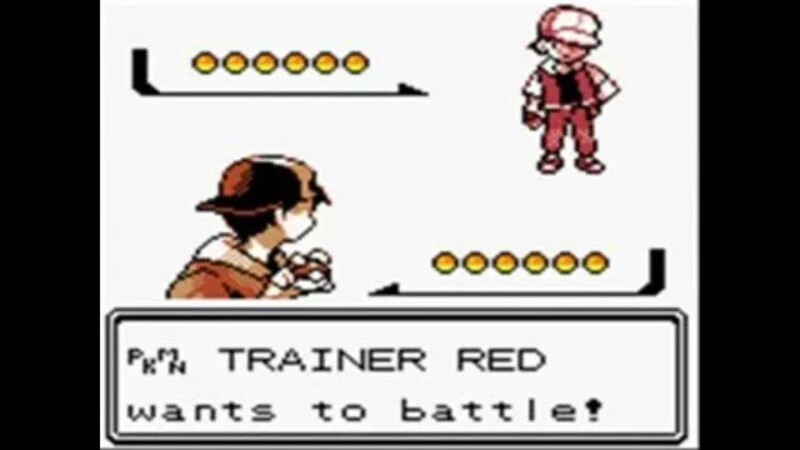
Final Thoughts
Every Pokemon generation has contributed something unique to the franchise, whether through mechanics, storytelling, or world-building. However, Generation 2 remains the pinnacle of the series due to its perfect blend of innovation, content, and nostalgia. It took everything great about Generation 1 and expanded upon it, setting new standards for future entries.
While later generations introduced technological advancements and deeper narratives, they often struggled to recapture the magic and seamless world-building that Generation 2 achieved. For many fans, these games represent the golden age of Pokemon. An era where exploration, challenge, and heart were in perfect harmony. That’s why, more than two decades later, Generation 2 remains the greatest Pokemon generation of all time. Let me know how you would rank them and what your favorite generation is.

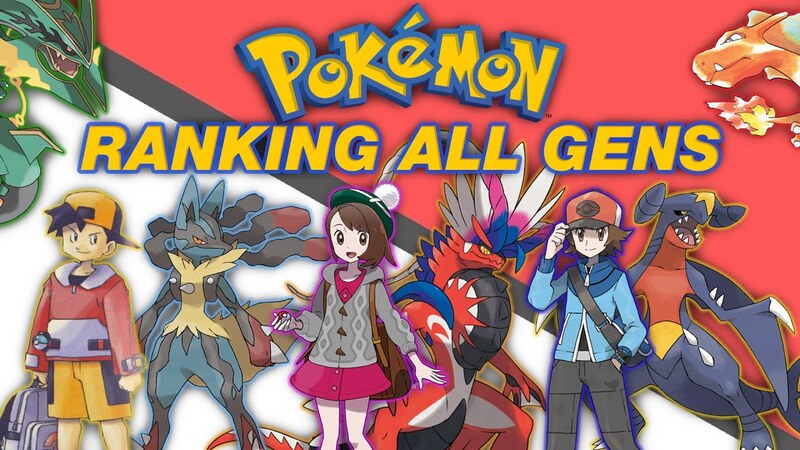
3 comments
[…] people think of Pokemon, many jump to the Game Boy Classics. The GB Pokemon games hold treasured memories for many and […]
[…] ambitious title, developed by Game Freak and published by Nintendo and The Pokémon Company, promises to expand the Legends sub-series that […]
[…] a bold new action RPG from Game Freak, the studio predominantly known for developing Nintendo’s Pokémon franchise. Revealed during the Xbox Games Showcase 2025, the game’s stunning trailer stands in […]
Comments are closed.